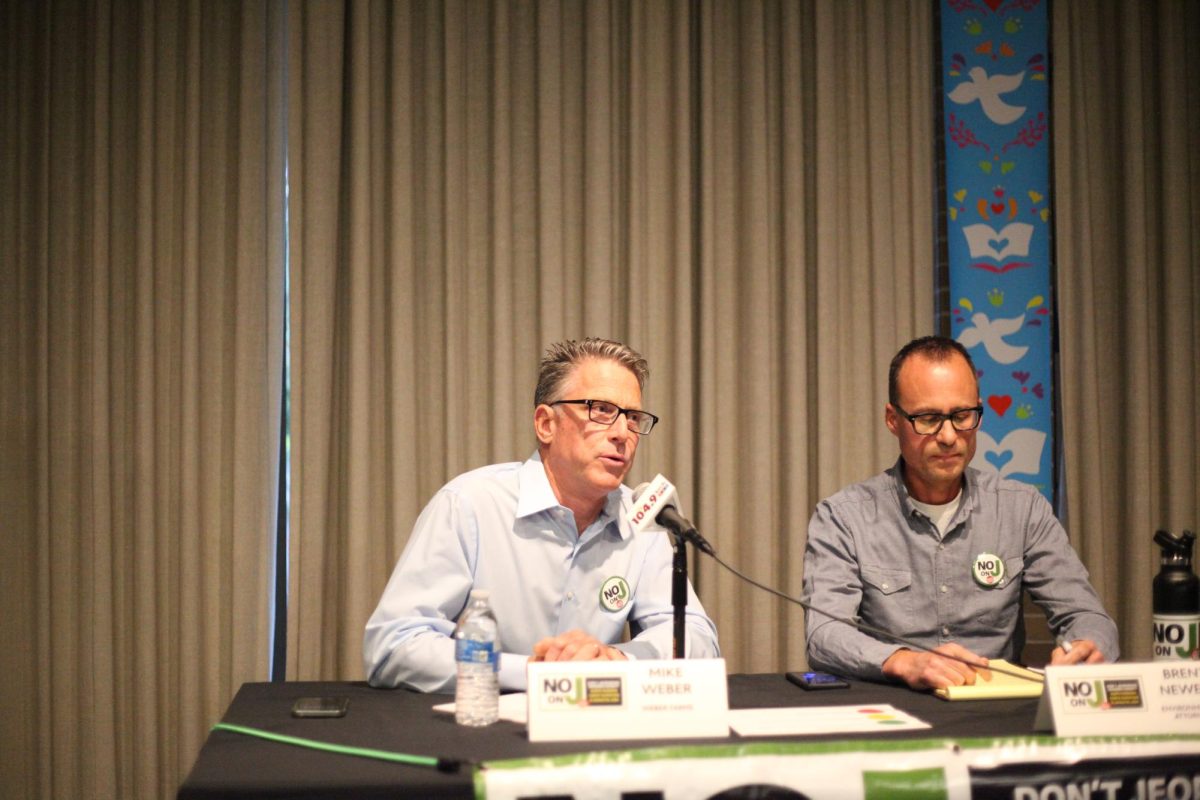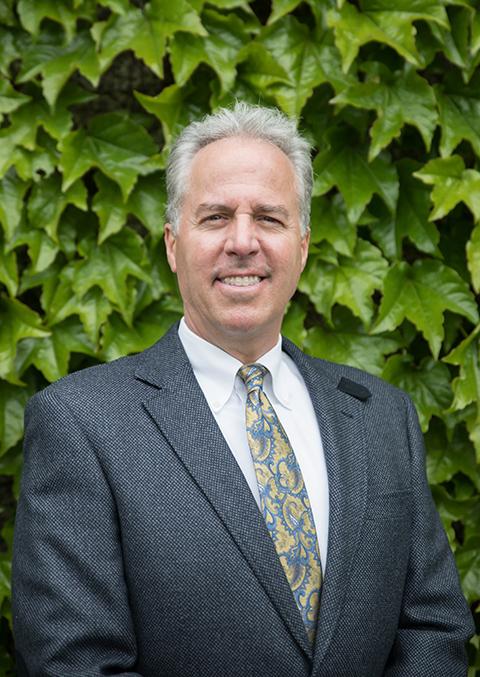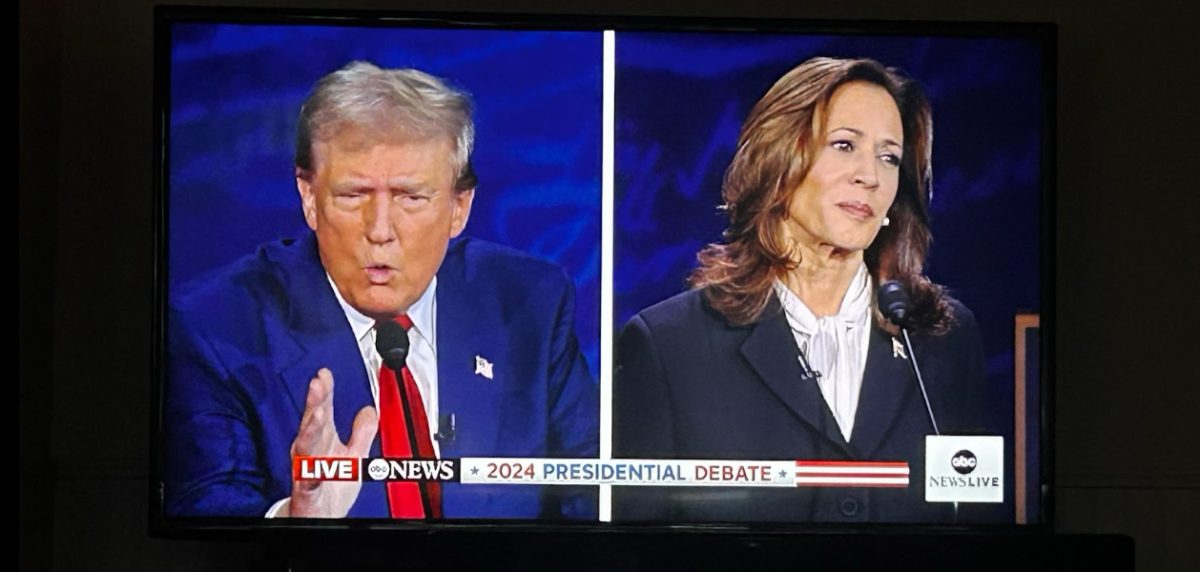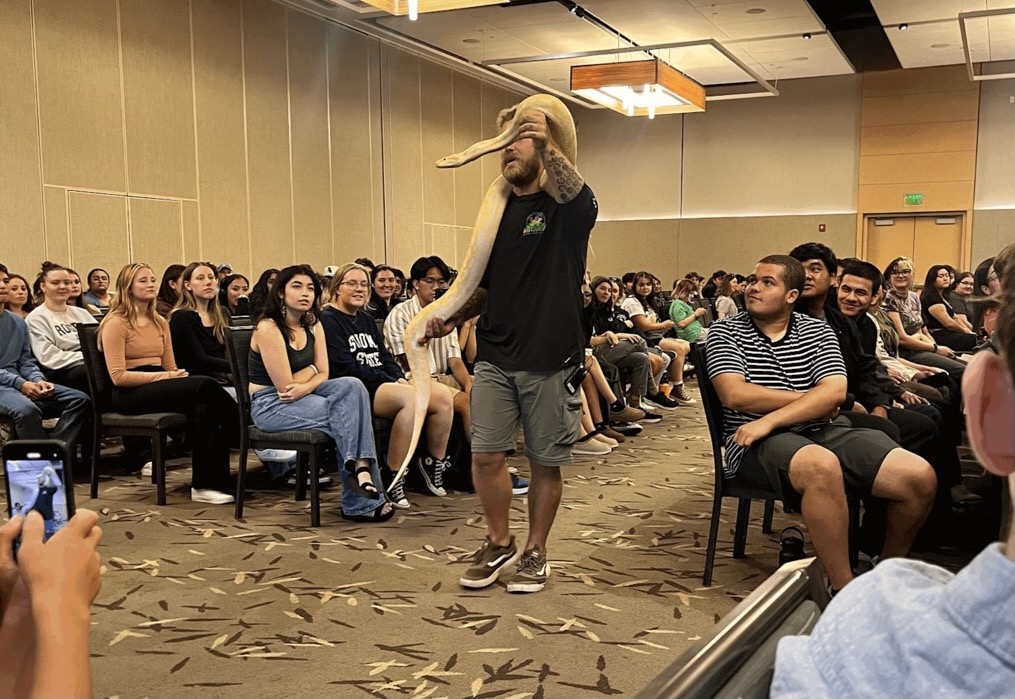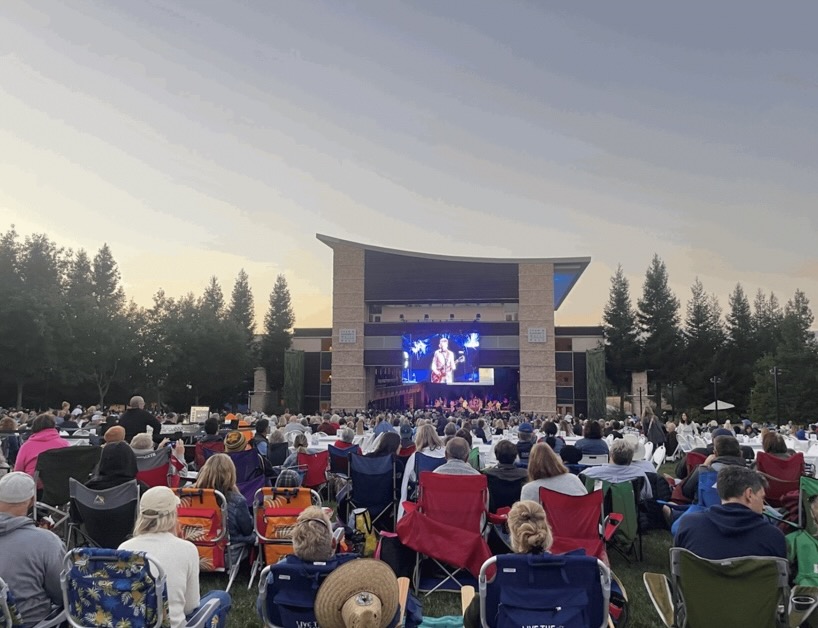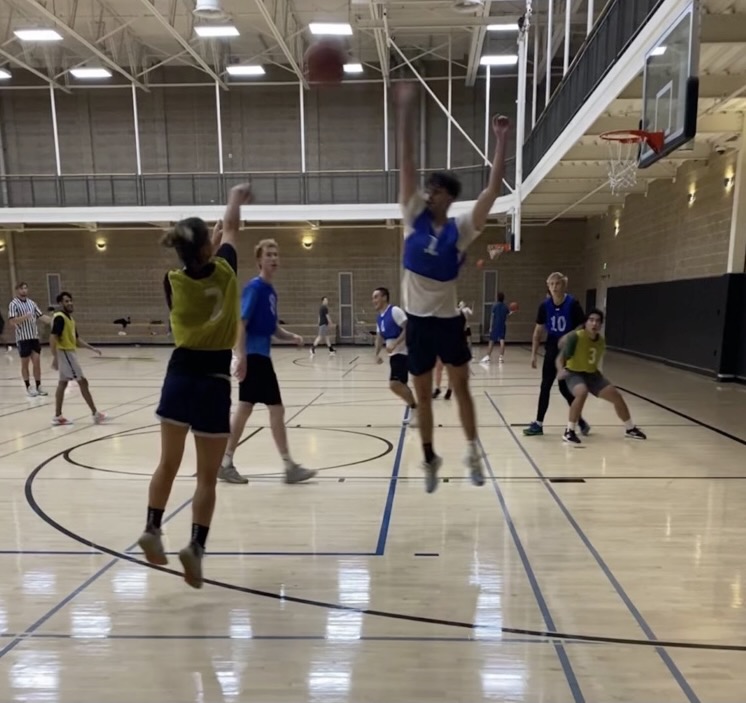The Institute for College Access and Success recently published a study laying out some of the financial statistics of universities across the nation. At Sonoma State University, 51 percent of graduates in 2015 had debt, according to a study recently published by The Institute for College Access and Success. The average debt of these graduates who took out a loan was $20,779.
The cost of attending college is a large expense, which forces some students to take out loans. Last year at Sonoma State, the cost of tuition was $5,472. This does not include the cost of living, which brings the total estimated cost of attending Sonoma State $23,655.
The median income in California is $61,320, so these prices create an obstacle for many families that want to send their children to college. Also, these costs are not going down – they are going up. Thismakes it more difficult for students to get through college without taking out a loan. It creates financial hardship during and after college when the cost of attendance is not affordable, and can create stress when searching for employment.
“I felt a lot of pressure to find a job [after graduating] and it was difficult not having experience, especially knowing my student loans were coming due,” Colleen Bryson, who graduated in 2014 said. “I felt like I had to take the first job offer that came along.”
Tuition prices have seen a dramatic increase in the past ten years at Sonoma State. For the 2006-2007 school year, tuition was $2,520. Since then, it has more than doubled.
Susan Gutierrez has been the director of the financial aid office at Sonoma State for 14 years. The financial aid office awards aid to students who fill out the application, based on need.
“We do sometimes have restrictions in the amount of money that is available, so sometimes students won’t be eligible because the fund has been exhausted,” Gutierrez said.
Many students that choose Sonoma State face a dilemma. Freshmen are required to live on campus which forces them to also pay for on-campus housing, which is costly. The university is not a typical commuter campus and many students move to the area to attend, driving up costs.
“The temptation for students is ‘gosh I love that school, I want to be there, whatever it takes to be there I’m going to do it.’ In many cases this works out fine. Other students end up having borrowed more than they can realistically afford after they graduate,” said Gutierrez.
Sonoma State also faces obstacles in attracting and accommodating low-income students. It’s not easy for students coming from out of the area due to the price of rent in the county. “I believe there are low-income students who can find other campuses that are more affordable for them,” said Gutierrez. On a national scale, the Pell Grant is offered to low-income families to help make it possible for them to attend college.
Some financial aid programs have an unlimited amount of money available to award to students. These grants or loans, such as the Pell Grant, will be given out to anyone who is eligible and fills out an application. The federal direct loan also works the same way.
At Sonoma State last year, 34 percent of students received a Pell Grant. If these funds are an unlimited resource from the federal government, it begs the question as to why this proportion is not higher. Gutierrez cites the income level of the students as a possible reason.
“Our campus tends to attract a number of students who come from higher income families,” Gutierrez said.
There are some other programs where only a certain amount of money can be given out to Sonoma State students.
“We do have a limited amount that is allocated to Sonoma State,” said Gutierrez. “Only a portion of the students who are eligible will receive [financial aid] because we run out of the funding.”
The Federal Work-Study program, Federal Perkins Loan, and the Federal Supplemental Education grants all work in this way.
Statistics that show more than half of Sonoma State students graduated with loans can be misleading. Not everyone who borrows has a need – some choose to borrow because the federal loans have friendly interest rates.
This issue of student debt is not unique to Sonoma State University. The national average for student debt is $30,100 per borrower, higher than Sonoma State’s. At all universities across the nation, students are accruing debt. The grand total of all student debt is estimated at more than one trillion dollars, even higher than the nation’s credit card debt.

